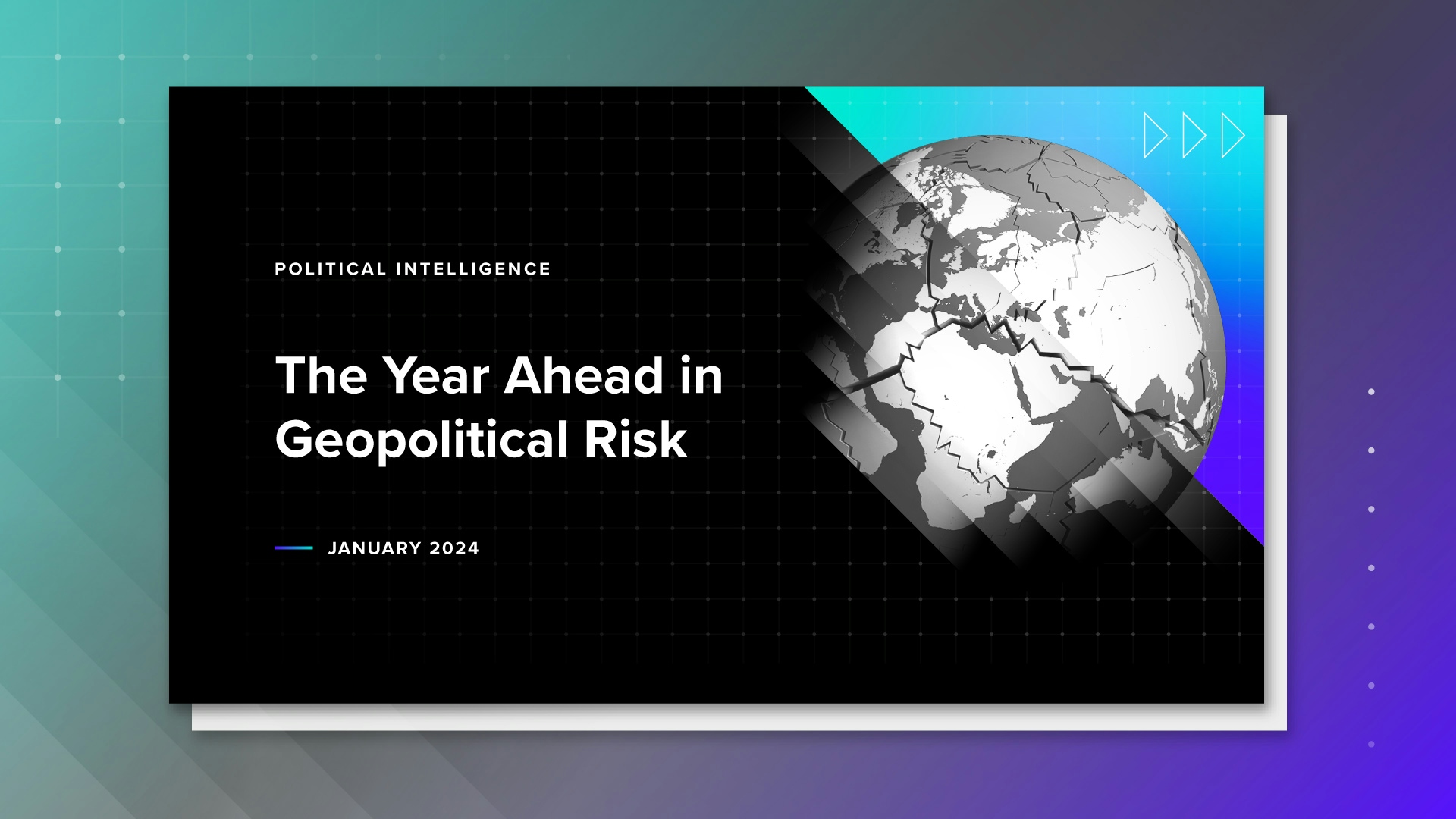
Global Politics
Global Threat Perceptions Report
Report summary
Morning Consult’s Global Topical Outlook series provides biannual snapshots of the current state of global sentiment on key issues at the intersection of politics and economics across 18 of the world’s largest markets.
Corporate executives, risk management and financial services professionals, insurers, and public sector entities rely on our topical reports to understand how public opinion is trending across key issue areas, and plan accordingly.
This installment explores global threat perceptions in the last half of 2023 and forecasts for 2024.
Key Issues Covered Include:
- The overall threat perception landscape across the world’s major economies
- Effects of the Israel-Hamas conflict on reputational and boycott risk in the Middle East and Western Europe
- Trends in threat sentiment in outlier countries like South Africa and Brazil
- Consumers’ perceptions of threats from climate change and expectations for corporate action
Data Downloads
Morning Consult Pro+ subscribers are able to access the data sets that power our reports and analysis. Learn more and get access.
Methodology
Sampling and data collection
This report relies on data collected through Morning Consult’s proprietary survey research capabilities. Data comes from monthly surveys conducted among representative samples of roughly 1,000 adults per country, with unweighted margins of error of +/-3 percentage points. All interviews are conducted online. Surveys field during the second half of the indicated month.
Data is weighted to approximate representative samples of adults in each country surveyed. Weighting parameters vary by country.
Consult our Global Political Intelligence Methodology Primer for additional details on sampling and data collection procedures, weighting and representativeness, margins of error, and question wording.
Cross-country averaging
All cross-country trend lines presented in this report derive from simple averages.
Heatmap values
For heatmaps indicating percentage point changes, values ranging from -0.5 to +0.5 are denoted as “<0.5.” Corresponding heatmap color-coding indicates whether the change is positive or negative, with green cells indicating a positive change and pink cells indicating a negative one.
About the author
Sonnet Frisbie is the deputy head of political intelligence and leads Morning Consult’s geopolitical risk offering for Europe, the Middle East and Africa. Prior to joining Morning Consult, Sonnet spent over a decade at the U.S. State Department specializing in issues at the intersection of economics, commerce and political risk in Iraq, Central Europe and sub-Saharan Africa. She holds an MPP from the University of Chicago.
Follow her on Twitter @sonnetfrisbie. Interested in connecting with Sonnet to discuss her analysis or for a media engagement or speaking opportunity? Email [email protected].



